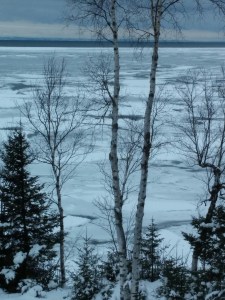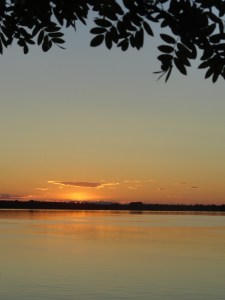 Where I live the climate is clearly changing and impossible to deny. See the video from Climate Reality on five indicators the climate is changing. View here.
Where I live the climate is clearly changing and impossible to deny. See the video from Climate Reality on five indicators the climate is changing. View here.
Five Changes from Climate Reality:
- Air temperatures over land are rising.
It’s clear that weather stations on land show average air temperatures are rising, and as a result, the frequency and severity of droughts and heat waves are increasing. Intense droughts can lead to destructive wildfires, failed crops, and low water supplies, many of which are deeply affecting southern areas of the United States and other parts of the world.
- Air temperatures over oceans are rising.
Roughly 70 percent of the world is covered by oceans. So you can understand how hotter air over our oceans could make a big difference in the climate system.
It’s simple, as the air near the surface of the oceans gets warmer, more water evaporates. The result? Potentially stronger tropical storms, more extreme precipitation events, and more flooding.
- Glaciers are melting.
The disappearance of glaciers is one of the clearest signs of climate change. People who rely on melting glaciers for water are facing shortages, and in many regions, the situation is only getting worse.
In a world unaffected by climate change, glacier mass stays balanced, meaning the ice that evaporates in the summer is fully replaced by snowfall in the winter. However, when more ice melts than is replaced, the glacier loses mass. And the people who depend on melting ice for water to support their farming and living needs are deeply affected.
>> Related: The Climate Crisis Deserves Our Attention Right Now <<
4. Arctic sea ice is shrinking.
Satellite images from space show that the area covered by sea ice in the Arctic is shrinking, continuing a downward trend for the past 30 years. As with glaciers, Satellite images from space show that the area covered by sea ice in the Arctic is shrinking, continuing a downward trend for the past 30 years. As with glaciers, there’s a seasonal rhythm (or supposed to be) at work. The Arctic ice cap grows each winter when there’s less sunlight, and shrinks each summer when days are longer and warmer, reaching its lowest point of the year in September.
Previously, this cycle of melting and freezing has more or less balanced out. But with temperatures rising, we’re seeing more ice melt in the summer than forms in the winter. The result is that some research suggests that the Arctic could lose almost all of its summer ice cover by later in the century.
5. Sea levels are rising.
Sea levels have been rising for the past century. And the pace has only increased in recent years, as glaciers melt faster and water temperatures increase (causing oceans to expand). You can imagine how this would affect the almost 40 percent of the US population that lives in a highly populated coastal area. Let’s not forget that eight of the 10 largest cities in the world are near a coast.
Consider how many millions of people are at risk as sea levels rise, storms intensify, and more extreme flooding occurs. Additionally, as sea levels rise, salt water begins intruding into freshwater aquifers, many of which support human communities and natural ecosystems. From Climate Reality
Even in just the past ten years I have observed enormous changes. First, it is scary that in ten years we have experience more than five hundred year storms. Second, it just doesn’t get really cold at night anymore. Ticks and other invasive bugs(emerald Ash Bore and others) survive the winters. Third, we are constantly going from drought to inundation. Fourth, the trees and plants are moving north. Fifth, sadly the wildlife is disappearing. We have fewer song birds, the moose and deer are struggling with disease.
What changes do you see as the climate warms?



















